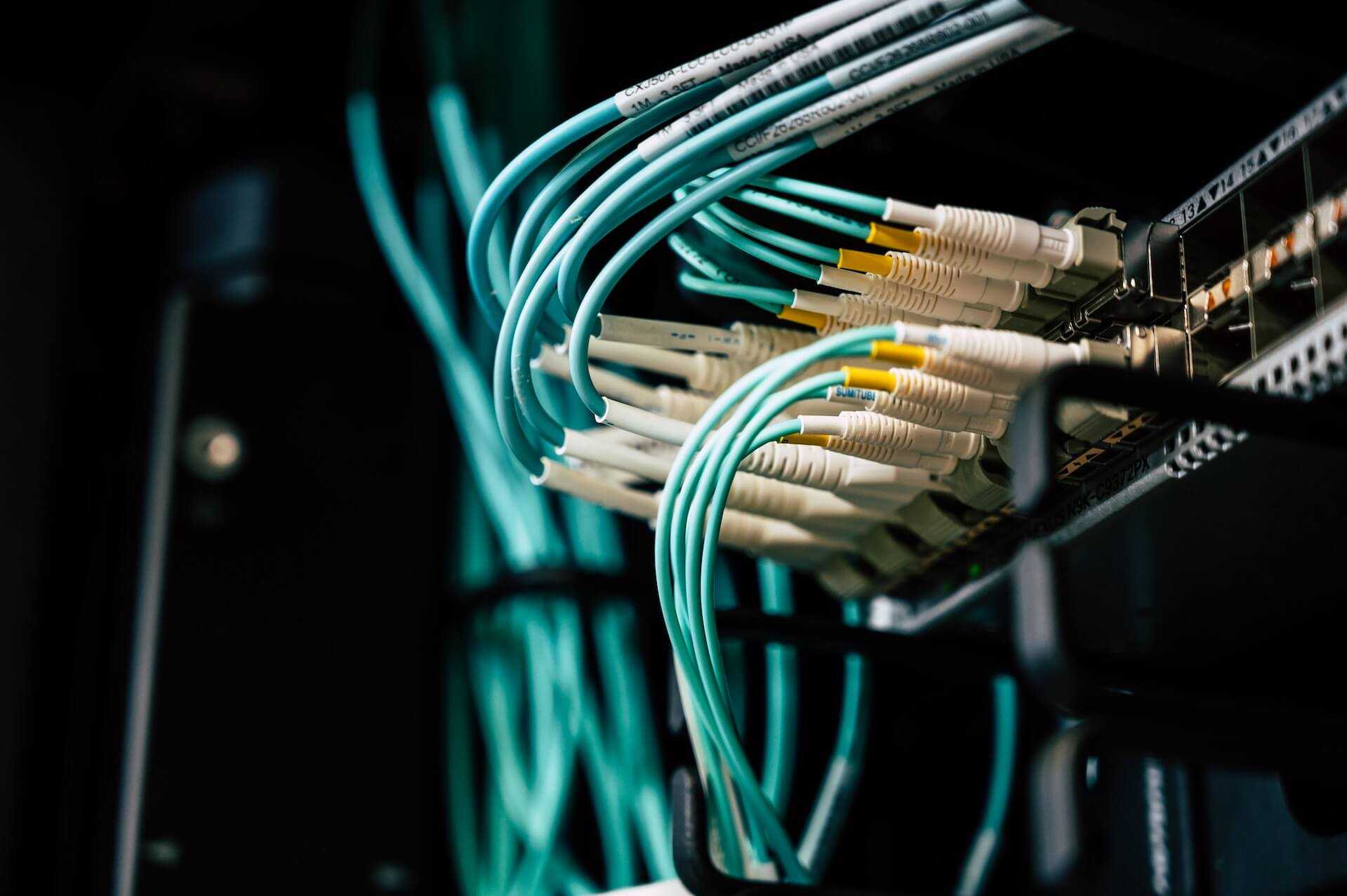Do you ever stop to think about the tiny marvels of technology that make our digital world go 'round? We're diving into the building blocks of the tech universe, unraveling the mysteries behind what enables you to read this very article. We're talking DNS, ephemeral ports, proxies, tunnels, and more—these are the unsung heroes ensuring data flows seamlessly from one device to another on your network.
Today, our spotlight is on ephemeral ports. These unsung heroes are the reason you can have multiple online conversations at once. Imagine only being able to chat with one friend at a time—how dull would that be?
The Basics: Can You Juggle Two Conversations?
Let's put you in the spotlight. Have you ever chatted with more than one friend simultaneously? Of course, you have! Picture a scenario where you're conversing with each of them on different topics. Now, think about how you manage that. Let's start with a situation where these conversations are happening over text. It's as simple as opening separate chat windows for each conversation. You effortlessly switch between these windows, seamlessly adding to each discussion. With minimal effort, you maintain the context of each conversation and respond appropriately. The topics can vary widely, but you've got it all under control.
Now, shift gears and imagine you're doing this in person. Not so challenging, is it?
Replace those chat windows with the faces of your friends, and you can still smoothly engage in two or more parallel conversations at the same time.
Let's dissect what's happening here: You initiate each conversation, creating a context (even if it's subconscious) for that specific chat. Without breaking a sweat, you receive responses and place them neatly within the corresponding context. When it's time to respond, you effortlessly switch back to the relevant context and continue the conversation.
Ephemeral Ports: Where Your Tech Devices Get Playful
Have you ever wondered how your tech gadgets, be it your mobile, laptop, or even your trusty smartwatch, manage to mimic human-like communication? Well, behind the scenes, they rely on something called "ephemeral ports" to keep their digital conversations flowing smoothly. But before we dive into this world of tech wizardry, let's take a quick detour to refresh our memory on what ports are all about.
Ports: The Gateways to Digital Conversations
Think of ports as the doors to a bustling digital building, the faces in a crowd, or even the chat windows in our digital lives. They are the identifiers that machines use to keep track of different ongoing conversations. Every message that goes out or comes in gets neatly sorted into these virtual buckets, and it's the operating system's job to manage and process the data within them like a maestro conducting a symphony.
Numbers, Numbers Everywhere
Now, here's where it gets interesting. When you type in a web address like "https://mayankraj.com/" (a little shameless plug never hurts, right?), you're actually making a request to "https://mayankraj.com:443/". That ":443" at the end? That's the port number! These numbers range from 0 to 65,353. The first 1023 are reserved for super common TCP/IP applications, aptly named "well-known ports." There are a few global favorites, like 22 for Secure Socket Shell (SSH), 80 for Hypertext Transfer Protocol (HTTP), 443 for the super-secure Hypertext Transfer Protocol Secure (HTTPS), and many more. Then come the "registered ports," ranging from 1,024 to 49,151, where applications on your operating system can request to listen in. Ports like 8000 or 8080 are often used for local development. Finally, the last block, from 49,152 to 65,535, houses the dynamic ports, reserved for short-lived, on-the-fly communications.
The Ephemeral Dance
In the grand scheme of things, when your favorite app wants to talk to anything else, be it on your local network or across the vast internet, it starts by asking the operating system for a free port. Usually, it goes for one from the dynamic port range, but it can also venture into the reserved territory. The OS kindly grants it a port, let's say 57000, which means any data received on this port will be sent straight to that application.
Now, when our app wants to chat with another digital entity (say, a web server), it makes a request on the well-known port of the destination (like 443 for HTTPS). But here's the fun part – it also includes the port number it received from the OS as its return address, which is 57000 in our case. The destination, our trusty web server, gets the message on port 443, processes it gracefully, constructs a reply, and sends it off to the port number 57000. When the OS on the other end receives this data packet on 57000, it's like the final act in a fantastic play; it forwards it to the waiting application. This special 57000 port? That, my friends, is what we call an "ephemeral port."
So, the next time you see your tech devices communicating seamlessly, remember the ephemeral ports doing a lively dance behind the scenes, ensuring that your digital world stays beautifully connected. It's all part of the delightful play that is modern technology! 🎉🌐
